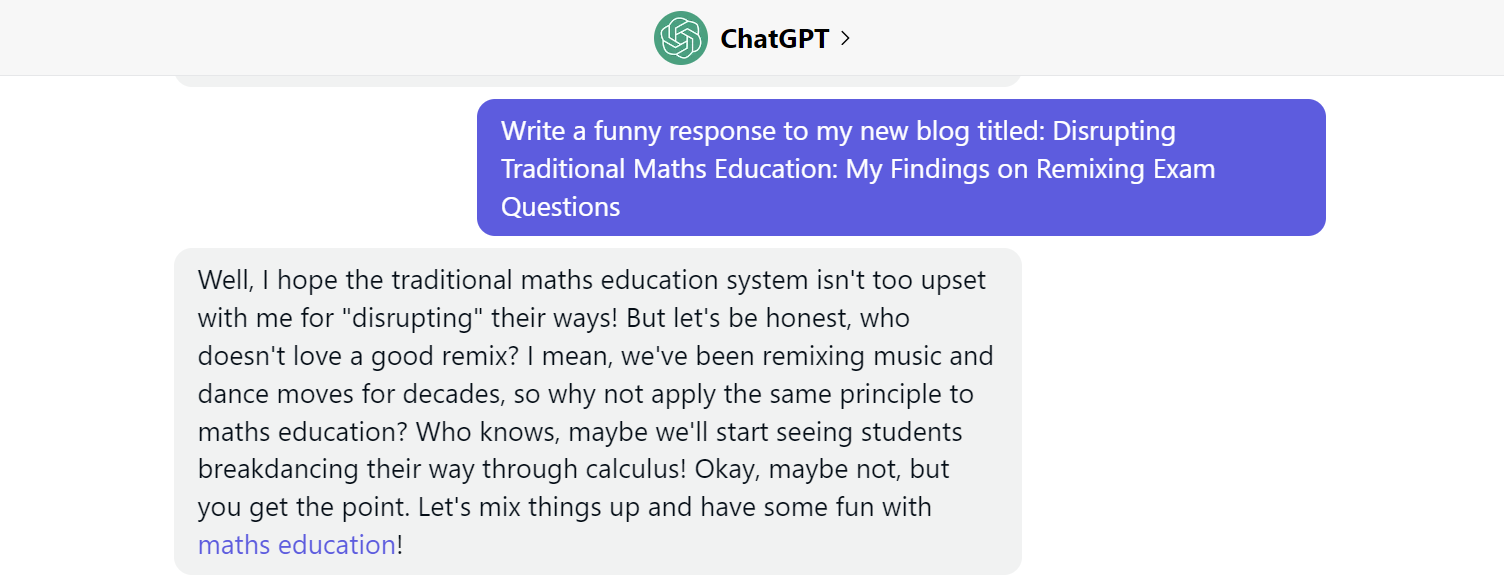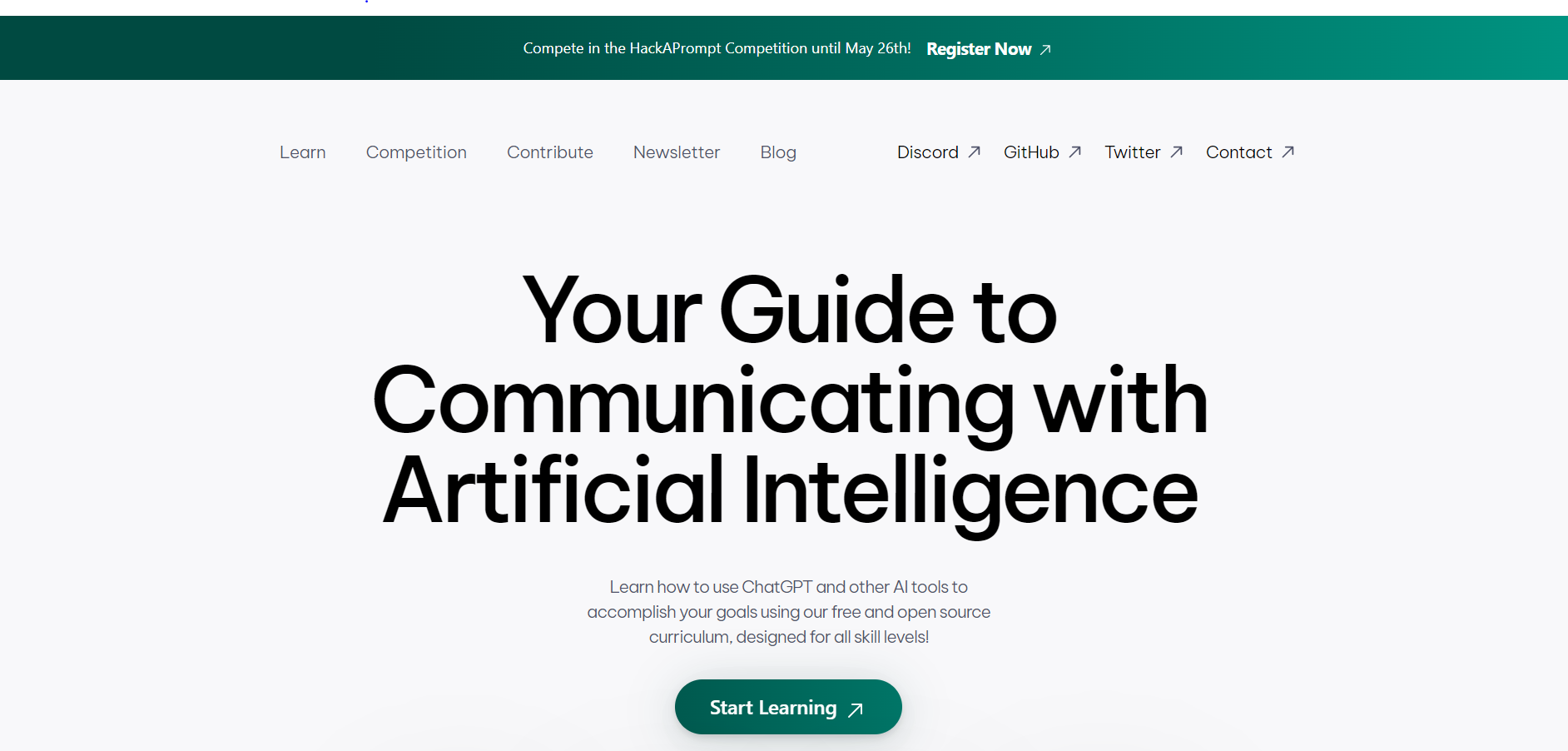Mathematics can be a challenging subject for many students, and as a result, teachers are constantly seeking innovative ways to make the learning experience more engaging and effective. In this blog post, we will explore some ways that maths teachers can leverage AI chatbots such as ChatGPT and Bard to aid with the revision process.
Currently, the main prompt that I have been experimenting with is called 'remix.' Essentially, I have been using this technique to rewrite existing GCSE exam questions that students may have found challenging in class. While the examples provided in this post use GCSE exam questions, in theory, this method can be applied to all mathematics curriculums and age groups, as the fundamentals will remain the same. Join me as we explore the potential of AI chatbots to revolutionise the way we teach and learn maths. This blog post will provide valuable insights on how to enhance the learning experience for your students. So let's dive in!
Below is a GCSE maths foundation exam question from the AQA exam board that I wanted to change up; the most effective way of doing this I have found is by using the simple prompt: ‘remix’.

Here is the exam question copied and pasted into ChatGPT with a remix prompt.

As you can see, in the remixed version of the question that ChatGPT suggested, the student was asked to calculate the answer for the scenario where the travel company decides to use only minibuses instead of coaches while still following the same parameters. I believe that this could be highly advantageous for students who have encountered difficulty with a particular exam question and would like to attempt it again from a different perspective. We as educators know how fleeting specific resources can be for particular maths resources so I see this as having huge potential.
I also used ChatGPT to solve the remixed question it generated for me by simply prompting it to ‘solve’ with the remixed question posted underneath, here was its response:

As you can see, a detailed reasoned response that could potentially be beneficial to both teacher and student.
As part of my prompting process, I have also been experimenting with tabular remixes. Check out another example of a remix, which includes different contexts and questions based on a specific GCSE exam question.

Again, I copied straight into ChatGPT, this time I introduced into the ‘remix’ prompt to provide ‘new contexts in a tabular format’.

As you can see, ChatGPT has generated a table with two different contexts with different questions for each. I could see many applications for this but mainly for those higher ability learners that might need stretching or might want to come up with some remix questions of their own for their peers or teacher to try.
Functional problem-solving questions tend to be the most effective for this technique. Although I have provided examples using GCSE questions above, in principle, this approach could be applied to all mathematics curricula and age groups, given that the fundamental principles are transferable.
However, one of the limitations is that the technique struggles with diagrams and graphs. I plan to conduct further experimentation to address this limitation before sharing my findings in an informative post. In the meantime, I will continue to share my experimentation results and tools on my dedicated Education AI Twitter page (@SmartEdAI). Please consider following me for more quality content and insights. Additionally, sign up for my newsletter to stay informed about my upcoming blog posts and articles!






